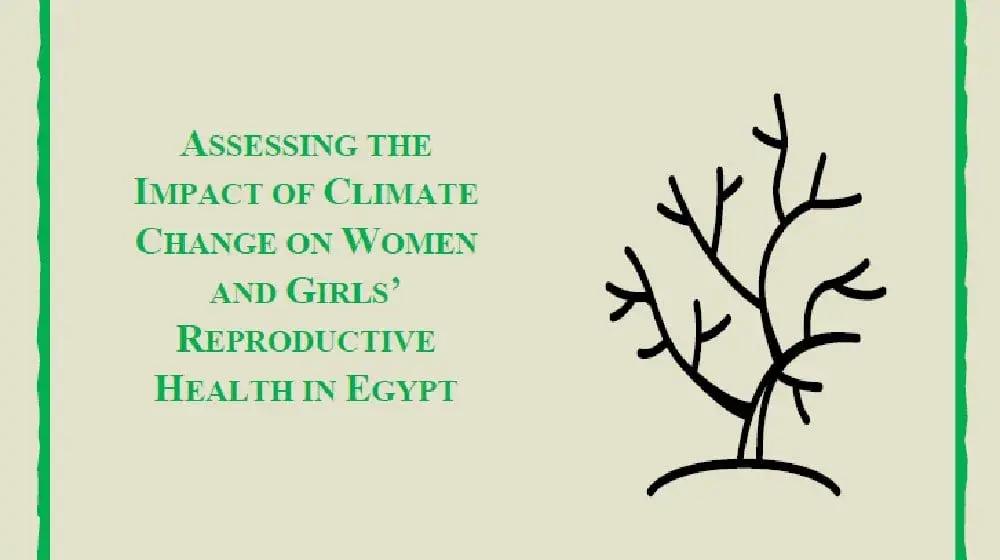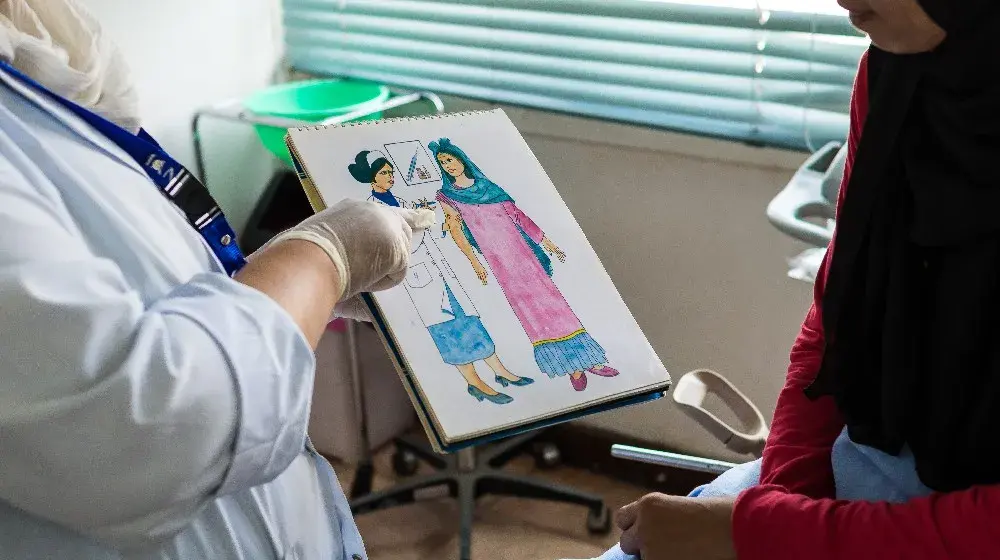Egypt current family planning program strategies depend on the voluntary FP method use that requires sustainable activities for demand creation for FP methods. The financial strategy of FP program relies on the public investment approach, as the GOE is the prime financier of FP methods and services. In almost of the countries that reached to plateau in FP method use, and aiming at sustainability and success of FP program, the most substantial interventions should be directed to respond to unmet needs for FP. The introduction of IMPLANON in Egypt FP program was aiming at responding to women’s needs for safe and effective FP method with less side effects as well as fulfillment of social, cultural and financial acceptability.
According to EDHS 2008, IMPLANON users constituted 0.5% of the total 57.6% of modern FP method users. IMPLANON is likely to be preferred by special categories of women. IMPLANON users formed higher percentage among special category of FP users i.e. those who have four and more children (0.8%), and those allied to very low economic class (lowest wealth index) (0.6%).
Implants had potentials to respond to the unmet needs. EDHS 2008 showed that one percent of the currently married women who are not using FP methods and intended to use FP had expressed their preference to use implants.
Information about Implanon concluded that Implanon is safe, highly effective and rapidly reversible method of contraception. Facts about contraceptive technology and its use are utilized in training programs and guidelines for use in FP clinics. Those facts cover different issues as: indication and usage, Dosage and administration, Contraindications, warning and precautions, Adverse reaction, Drug interactions, Use in specific population, Description of use, Clinical Pharmacology, Clinical studies, How supplied/storage and handling and patient counseling information.
According to Egypt FP program, Implanon is available in MOHP facilities only i.e. hospitals and health centers. Service providers are trained in Implanon counseling, insertion and removal. At the same time, Implanon is not available in the private sector and private service providers who are not included in the FP program have no opportunities to access to training in Implanon contraceptive technology.
The substantial performance of MOHP/PS MIS, especially at the district level, could provide information about Implanon users in MOHP facilities. The Information about Implanon users are recorded during the time of insertion. That information recorded in service statistics throughout the last ten years could be retrieved at any time. However, there is no information about continuity of care or findings of the results of periodic visits to clinics or home visits to Implanon users by community workers. Consequently, there is no enough information at the Implanon users regarding continuity of use.





